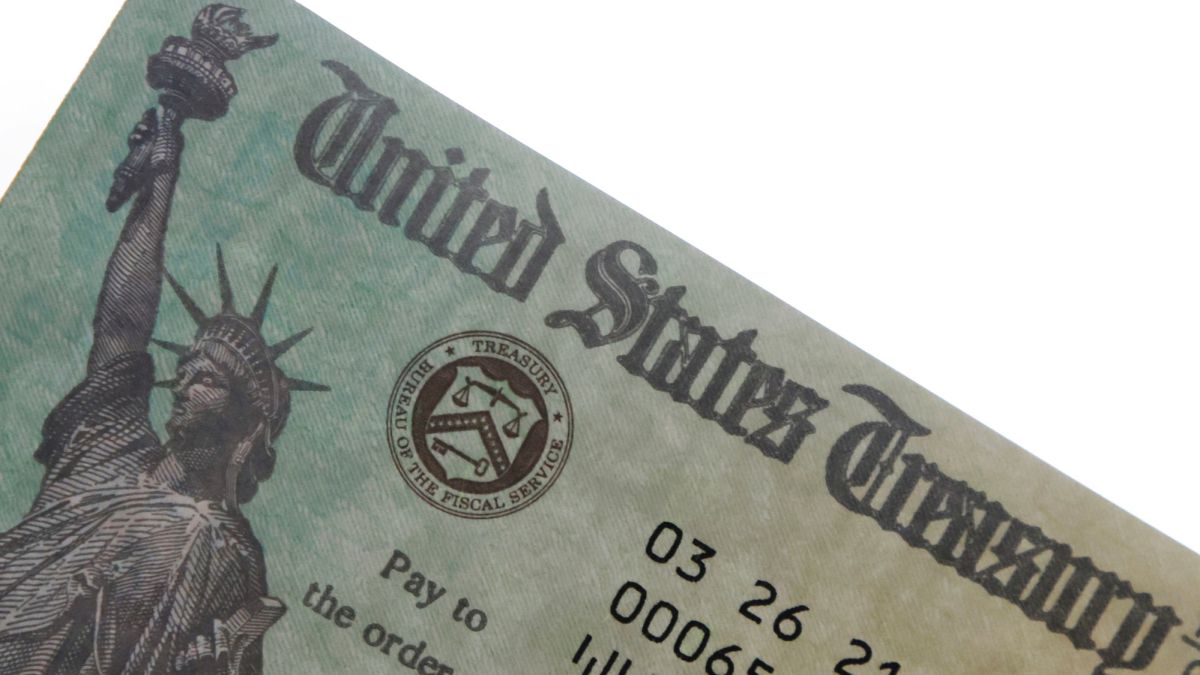
Additionally, Microsoft announced the public preview of “campaign views” in Office 365 Advanced Threat Protection at the beginning of December 2019. Two months later, Bleeping Computer reported on the rollout of the new Office 365 feature called “Unverified Sender.” This feature displayed a notice to users when Office 365 spoof intelligence had failed to verify the sender of an incoming email message - a possible sign of bad activity. This program automatically sorted all spam promotional SMS messages received by a user into a “promotions” folder, separating them from legitimate SMS messages. In August 2019, for instance, the Verge covered the Redmond-based tech giant’s release of the SMS Organizer app for Android.

Microsoft recently added several options to cut down on scam messages in its products. Microsoft’s Ongoing Efforts to Deter Scammers When the user submitted their payment card credentials and completed the purchase, they sent over their funds not to Microsoft but to an unknown individual and subsequently received nothing in return. But, the page didn’t provide any additional proof of what the user was actually buying. The PayPal page listed “Microsoft Office 1 Year” as the item the user would be paying for.

Instead, it used a “Renew Now” link to redirect the user to an authentic PayPal page where they could supposedly renew their subscription to Office 365. However, this iteration didn’t send the recipient to a landing page. The email informed the user they had two days to renew their Office 365 subscription. It arrived with “Time to Renew” as its subject line. The second variant of the scam was similar to the first. Even so, the landing page for this attack implemented different fonts and suffered from many broken header pages - signs it was a fake. The website also used similar imagery to the official Microsoft website, replicated the Microsoft site’s footer and leveraged the same official links as the original. It then instructed them to visit “office365familycom,” a website hosted via Wix that used “Office 365” in its domain name to convince the user it was an official Microsoft page. In the first variant of the attack, a user received an email with the subject line “Reminder for Office Renewal.” This email informed the recipient that they had two days to renew their Office 365 subscription. The lookalike Microsoft webpage functioned as a submission form, prompting users to reveal their personal data, including their physical addresses and payment card information, in the text fields. Security professionals should be aware of this attack’s methods when on the lookout for new possible problem vectors. The scam arrived after Microsoft had recently taken several steps to deter scammers.

A novel scam began when a user received an email impersonating a notification from Microsoft, Abnormal Security observed on Friday, July 17.


 0 kommentar(er)
0 kommentar(er)
